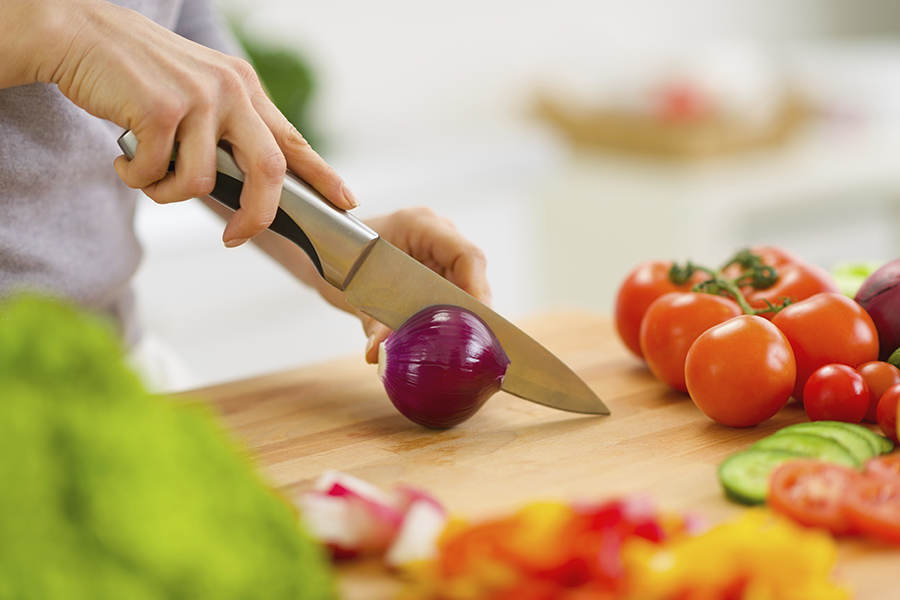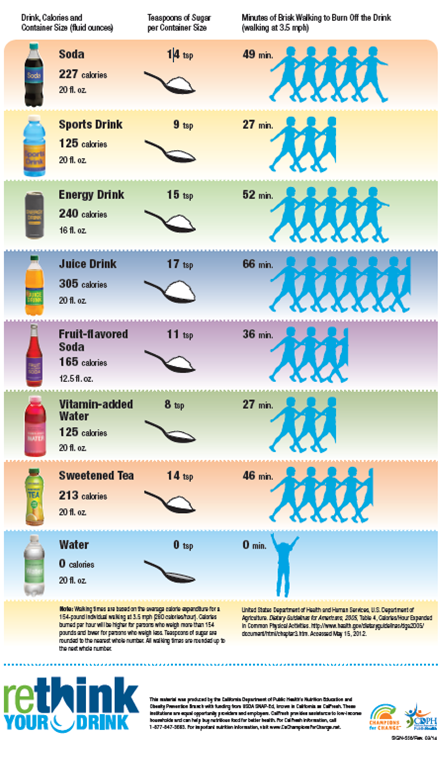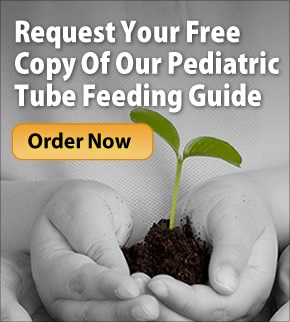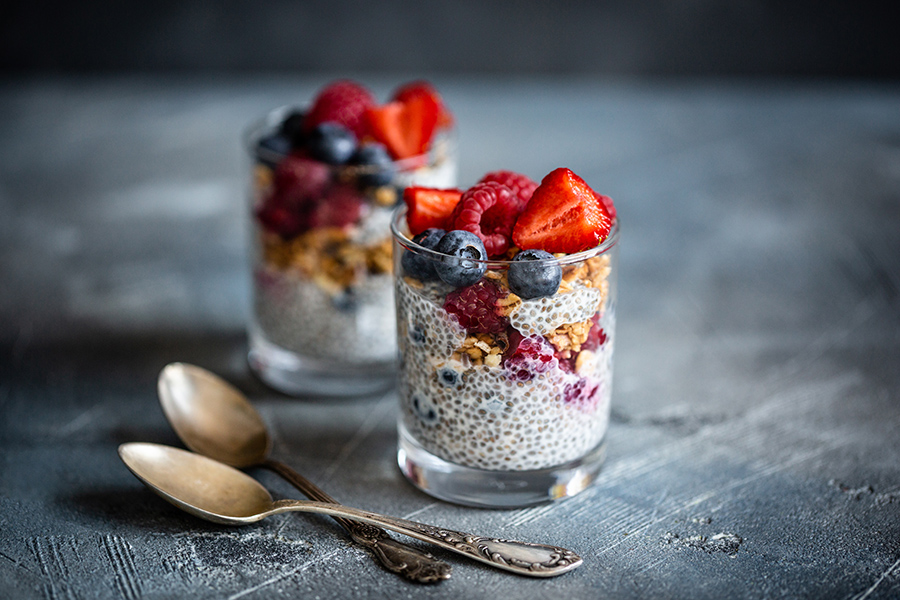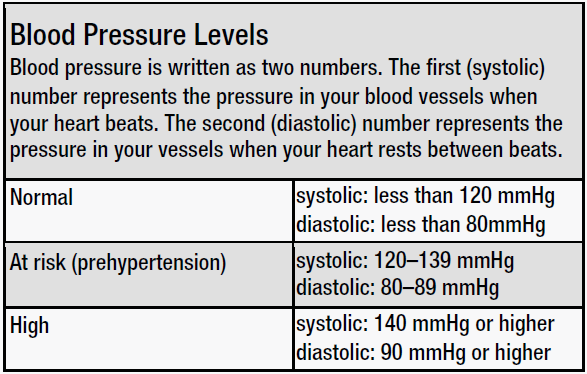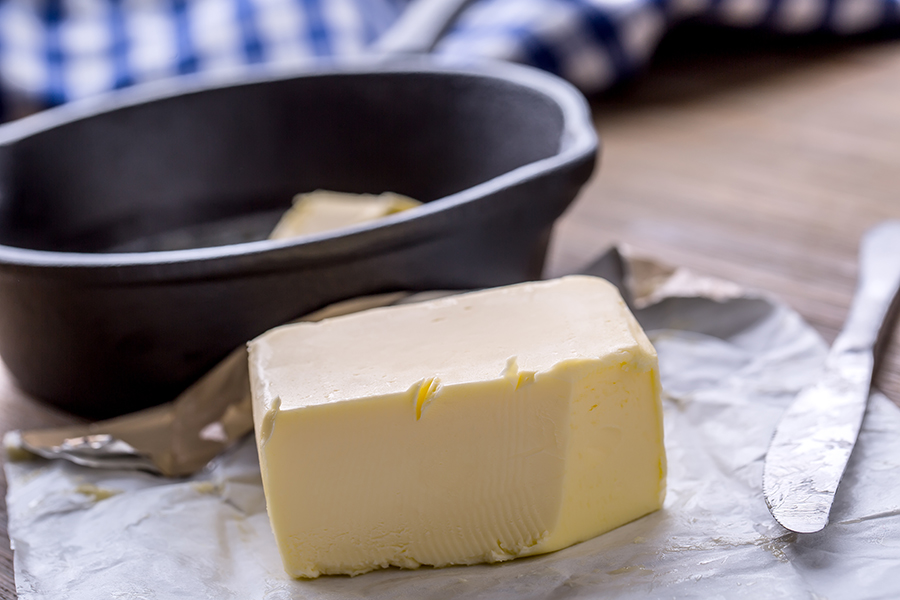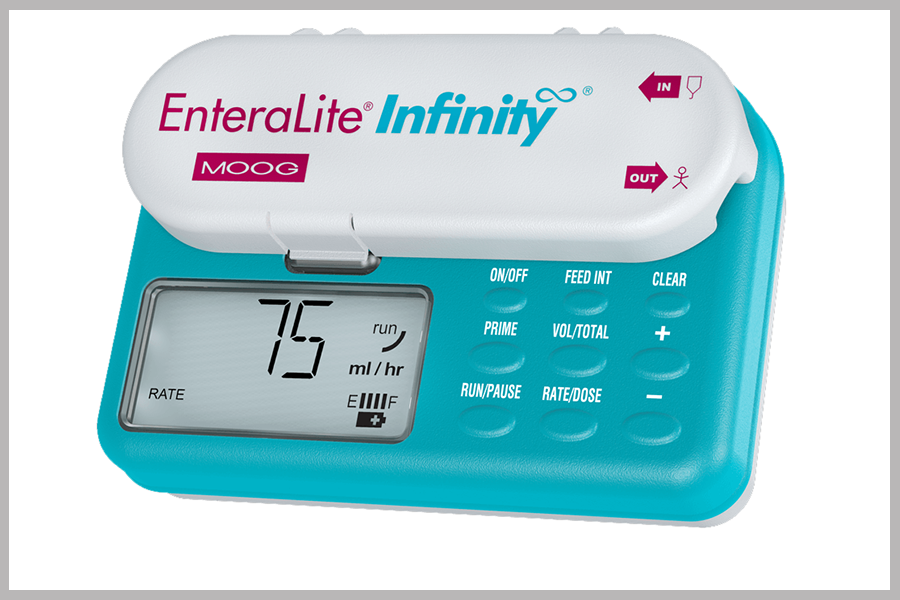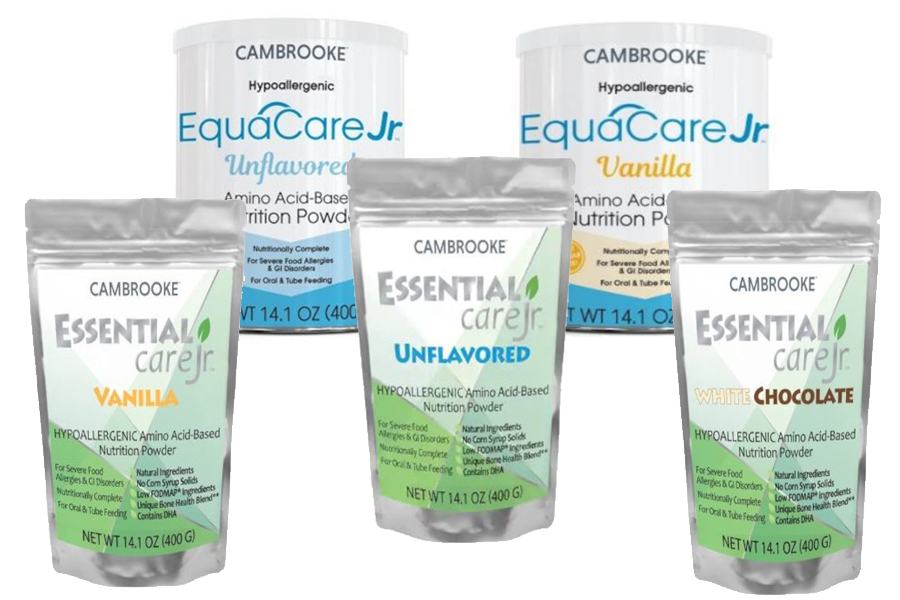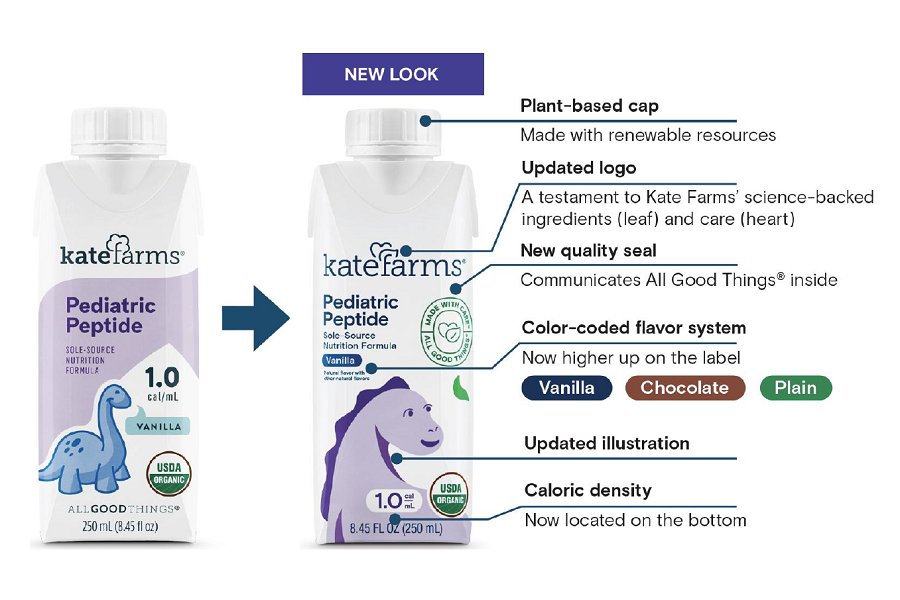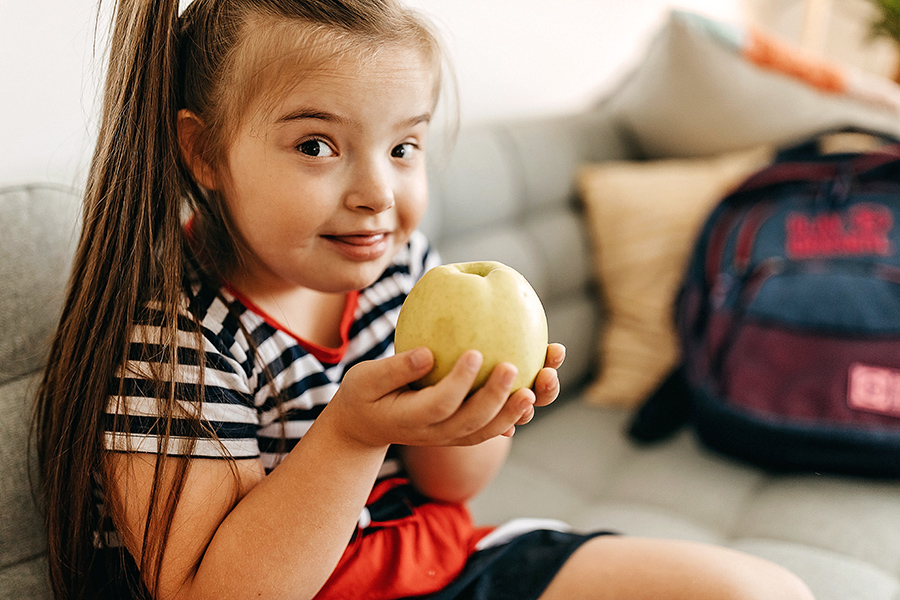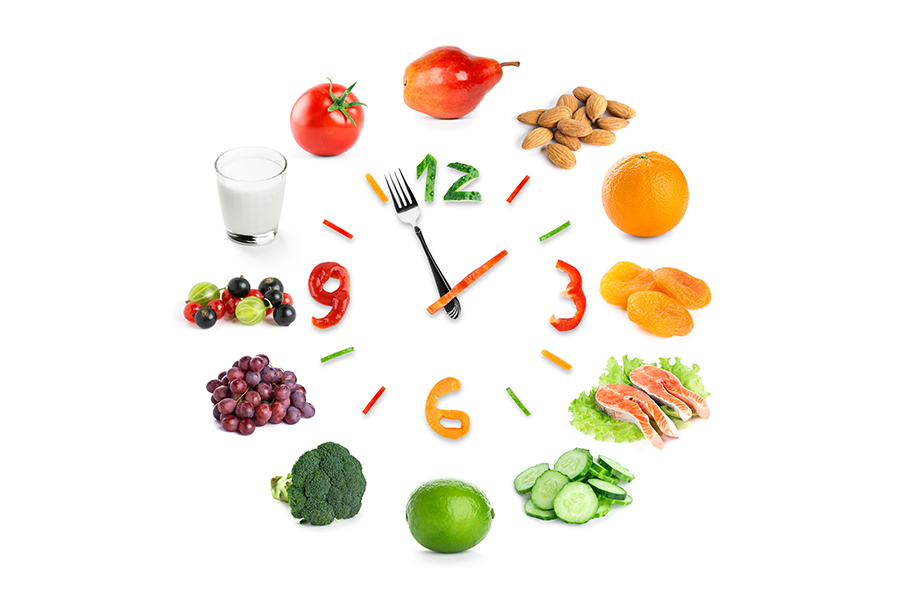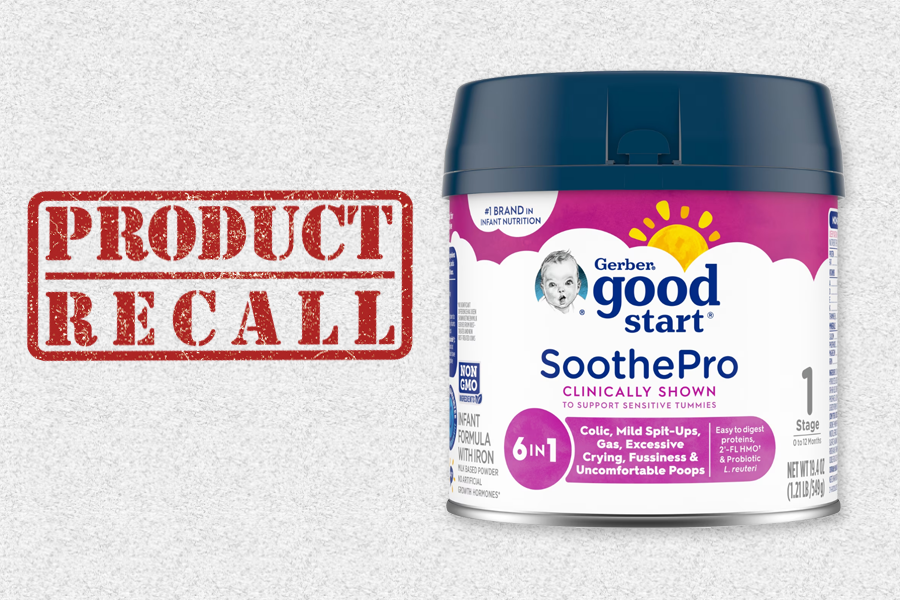Consuming fewer calories may help you maintain a healthy weight and reduce your risk of chronic diseases, such as diabetes and some cancers. Cutting just 100 calories a day can help you lose 10 pounds per year and you probably won’t even miss the food you leave behind!
Here’s what 100 calories looks like:
- 1 Tablespoon butter or mayonnaise
- 1 glass of wine
- 1 small baked potato
- 1 slice cheddar or Swiss cheese
- 15 almonds
- 21 mini pretzels
- 3-ounce chicken breast
- 2 small bacon slices
- 1 ½ hardboiled eggs
- 1 English muffin or slice of bread
- 3-4 bites of pizza
Tips to cut calories:
Check your beverage: The extra calories in liquids add up but they don’t fill you up. Make water or unsweetened beverages your main thirst quenchers. If you must reach for sugary drinks, make it a treat rather than a habit.
*See below for calories of commonly-consumed beverages and what it takes to burn them off!
Watch what you add to your coffee: Many flavored coffee creamers provide only 35 calories per tablespoon but who stops at a tablespoon? If you end up pouring in 4 servings to sweeten your morning cup of Joe, that’s 140 calories! Here are some tips to cut back on coffee calories:
- Measure out the creamer each time you use it.
- Use nonfat creamer
- Try getting used to less creamer.
- Replace some of the creamer with nonfat milk.
- Try flavored coffee (no calories)!
Beware of serving sizes: if you consume the entire package of chips/cookies/juice/soda you could be getting at least twice the calories listed in one serving!
Take a doggie bag: Leave some of your restaurant meal behind. Even a few bites of food can add up to 100 calories. Here are some tips:
- Share with a friend.
- Take half to go and have it for lunch the next day.
- Ask your server to package half to go before you get your plate to avoid the temptation of eating the whole meal.
Hydrate before your meal: Studies show that a bowl of broth-based soup or a glass of water prior to eating helps you eat less at a meal.
Fill up on nutrient-dense foods: In addition to vitamins, minerals and protective plant compounds, fruits and veggies contain fiber, which helps to make you feel full. The fiber and healthy fats in whole grains, nuts and seeds also keeps you feeling more satisfied than sugary snacks.
Slow down: Put your fork down between bites and chew your food thoroughly. The slower you eat, the more time your gut has to let your brain know you’ve had enough! It takes about 20 minutes for your brain to catch on that your stomach is full.
*Here’s how some popular beverages measure up (from the California Department of Public Health):
Click on this link to view a PDF of this graphic: Rethink Your Drink







